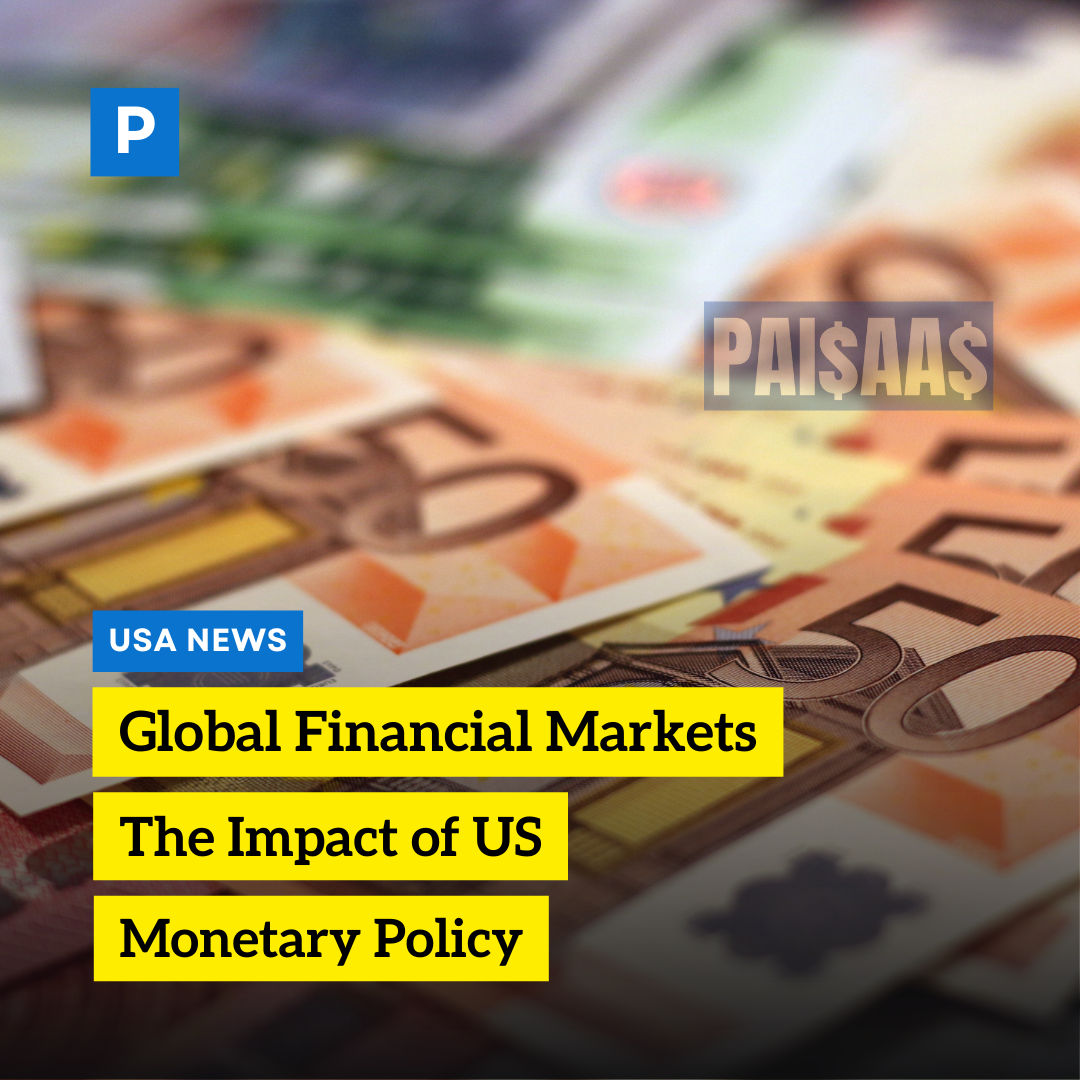

Global Financial Markets: The Impact of US Monetary Policy
Global Financial Markets: The Impact of US Monetary Policy
The United States, as the world’s largest economy, wields significant influence over global financial markets. One crucial aspect that drives this influence is the monetary policy decisions made by the US Federal Reserve, commonly known as the Fed. Changes in US monetary policy can have far-reaching effects on economies and financial markets worldwide. Understanding the impact of US monetary policy on global financial markets is essential for investors, policymakers, and market participants.
The Fed’s monetary policy primarily focuses on two key tools: interest rates and quantitative easing (QE). By adjusting these tools, the Fed aims to achieve its objectives of maintaining price stability, promoting full employment, and supporting sustainable economic growth. The decisions made by the Fed ripple through financial markets, affecting asset prices, exchange rates, and investor sentiment across the globe.
One significant aspect of US monetary policy is the management of interest rates.
The Fed’s decision to raise or lower interest rates can have profound implications for global financial markets. When the Fed increases interest rates, it generally makes borrowing more expensive, which can dampen economic activity. This can lead to a decrease in investment and consumption, impacting not only the US economy but also other countries that rely on exports to the US.
Additionally, rising US interest rates can attract global capital flows. Investors seeking higher returns may choose to invest in US assets, leading to an appreciation of the US dollar. This, in turn, can create challenges for countries with large amounts of dollar-denominated debt, as their borrowing costs increase. Exchange rate fluctuations resulting from changes in US interest rates can affect trade balances, competitiveness, and economic growth in other nations.
Conversely, when the Fed lowers interest rates,
it stimulates borrowing and economic activity. This can be beneficial for global financial markets, as it encourages investment and boosts consumer spending. Lower US interest rates can also lead to a weaker US dollar, making exports more competitive for other countries. This can support economic growth in export-dependent nations and contribute to a more favorable global economic environment.
Another tool employed by the Fed is quantitative easing (QE). QE involves the purchase of financial assets, such as government bonds, by the central bank. This infusion of liquidity into the financial system aims to lower borrowing costs and stimulate lending and investment. The impact of QE on global financial markets can be substantial.
During periods of QE,
global investors often seek higher-yielding assets outside the US, resulting in capital flows to emerging markets. This influx of capital can lead to asset price inflation and potential risks in these economies. Moreover, the unwinding of QE or the anticipation of its withdrawal can trigger volatility in global financial markets. Investors closely monitor the timing and pace of QE tapering, as any missteps or surprises can have significant consequences for asset prices and investor confidence.
The communication and forward guidance provided by the Fed also play a crucial role in shaping market expectations and sentiments. Statements and speeches by Fed officials are closely scrutinized by market participants, as they seek insights into future monetary policy decisions. Any hints or indications of potential policy shifts can trigger market reactions, leading to heightened volatility.
Furthermore, the interconnectedness of global financial markets means that actions taken by the Fed can have spillover effects on other central banks. In response to changes in US monetary policy, central banks in other countries may adjust their own policies to manage the impact on their domestic economies. This coordinated or reactive approach can create a ripple effect, amplifying the influence of US monetary policy on a global scale.
Conclusion
In conclusion, the impact of US monetary policy on global financial markets cannot be underestimated. The decisions made by the Fed regarding interest rates, quantitative easing, and forward guidance reverberate throughout economies worldwide. These decisions influence asset prices, exchange rates, capital flows, and investor sentiment on a global scale. Market participants, policymakers, and investors must closely monitor and understand the implications of US monetary policy to navigate the complexities of the interconnected global financial landscape successfully.




